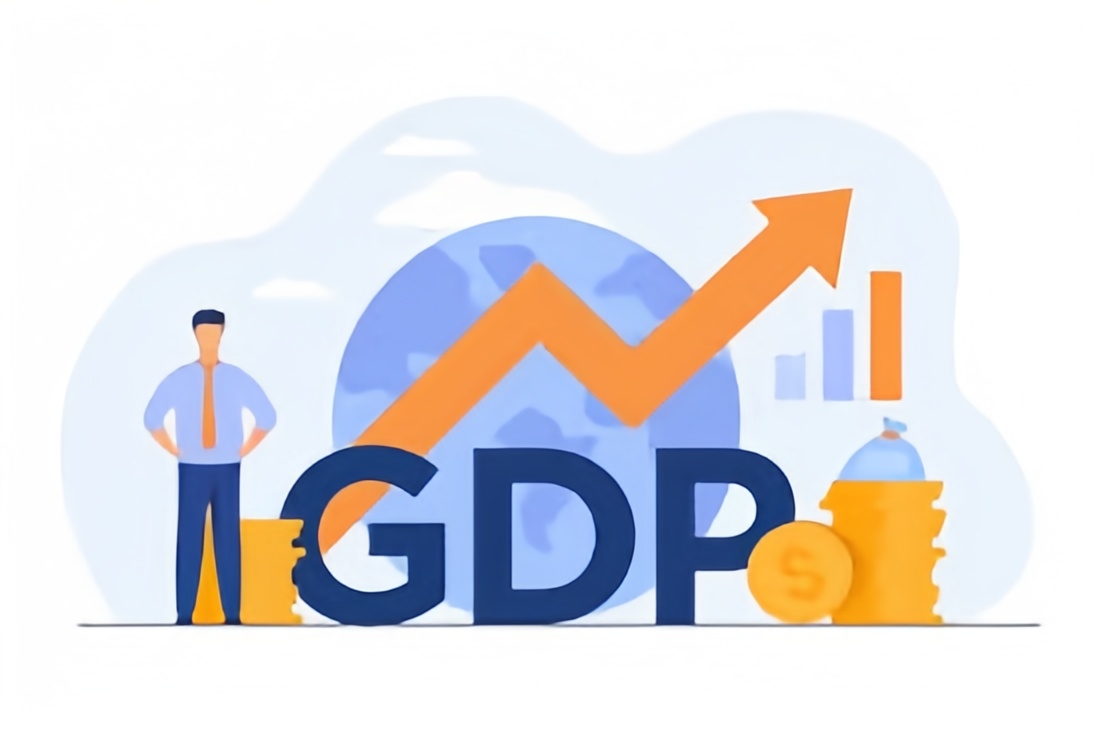At its core, GDP quantifies market transactions through three lenses:
- Production Approach: Total value of goods/services produced
- Income Approach: Wages+Profits+Taxes-Subsidies
- Expenditure Approach: Consumption+Investment+Gov Spending+Net Exports
Yet this narrow focus on monetary flows creates dangerous illusions. Ireland’s GDP per capita (124,596in2023)appearsenviableuntilwerecognizethat80135k per capita GDP—equivalent to 251% of EU average—masks how 70% of its workforce commutes from neighboring countries, inflating productivity metrics.
The Dark Side of Growth: What GDP Ignores
- Environmental Bankruptcy
GDP treats ecological destruction as economic gain. The 2023 Canadian wildfires—which destroyed 15Binpropertywhilegenerating2B in firefighting GDP—expose this absurdity. Climate economists now calculate that unaccounted environmental costs erase 23% of global GDP growth annually. - Digital Black Holes
The 7.5trilliondigitaleconomy—fromWikipedia’sfreeknowledgetoopen−sourceAImodels—remainsinvisibleinGDPcalculations.Meanwhile,surveillancecapitalism’sdataharvestingadds3.4 trillion annually to GDP through targeted ads, despite growing public backlash. - Wellbeing Paradox
America’s 2.9% GDP growth in 2023 coincided with record highs in depression rates and drug overdoses. Contrast this with New Zealand’s “Wellbeing Budget” framework that prioritizes mental health and environmental indicators alongside economic metrics.
Geopolitical Distortions: When Numbers Lie
- China’s Statistical Theater: Officially reporting 5.2% GDP growth for 2023, but electricity consumption—a more reliable indicator—contracted by 1.2%, revealing potential data manipulation.
- India’s Demographic Dilemma: While surpassing the UK as the 5th largest economy, its $2,600 per capita GDP ranks below Sri Lanka and Bangladesh, exposing the limitations of aggregate metrics.
- EU’s Measurement Revolution: The 2023 adoption of “GDP-B” (GDP plus broadband access, renewable energy share, and income equality) marks the first major challenge to traditional GDP dominance.
The Future of Economic Measurement
Forward-thinking nations are pioneering alternatives:
- Genuine Progress Indicator (GPI)
Accounts for pollution, crime, and inequality—Maryland’s GPI shows stagnant wellbeing despite 22% GDP growth since 2010. - Human Development Index (HDI)
Norway leads this UN metric combining health, education, and income—a stark contrast to its #7 GDP ranking. - Doughnut Economics
Amsterdam’s model balances ecological ceilings with social foundations, rejecting infinite growth dogma.

